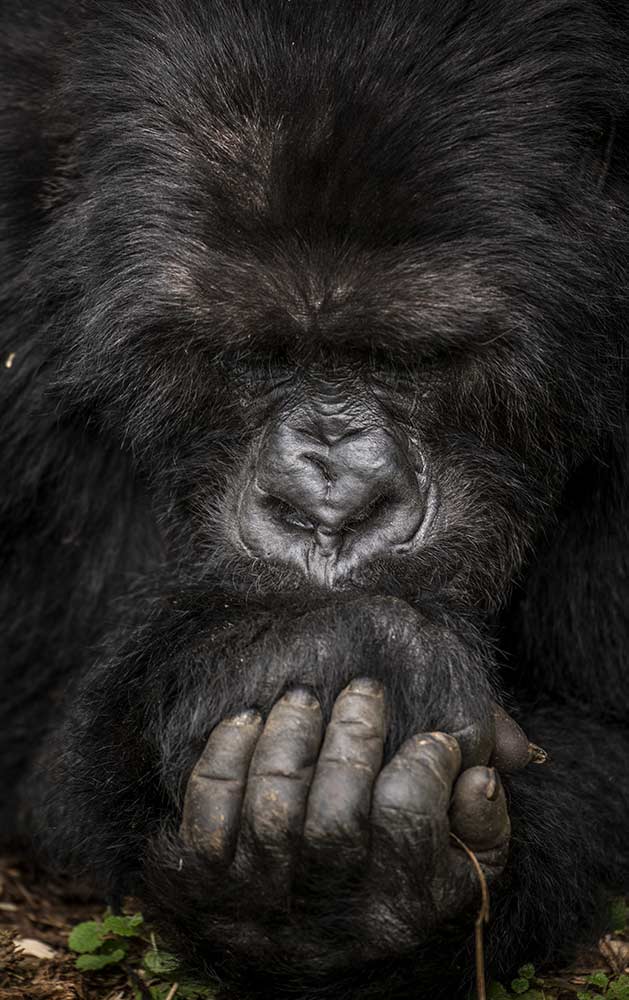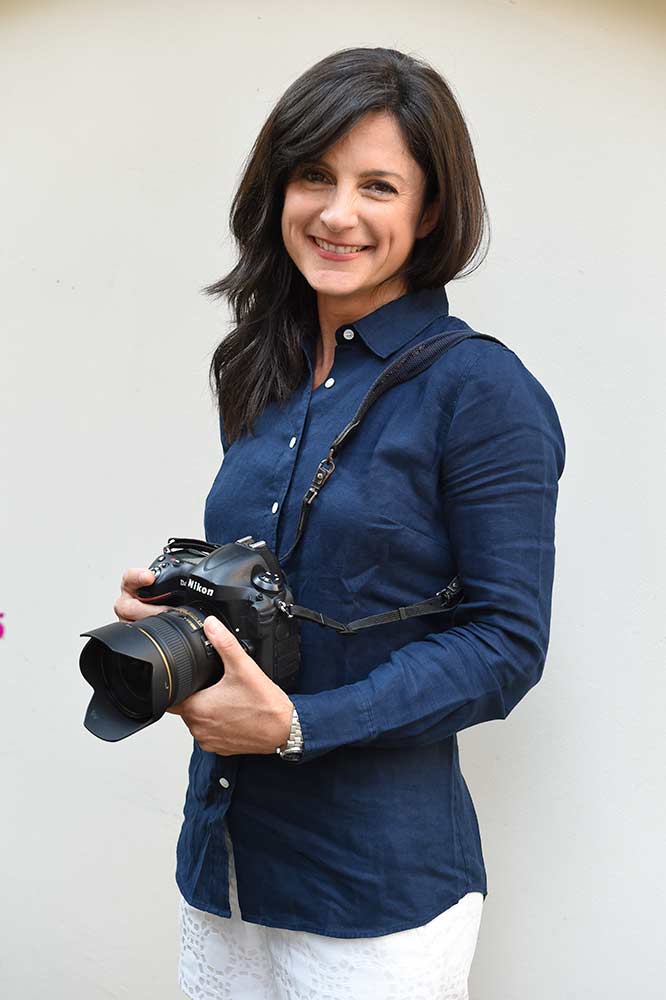AMI VITALE | RHINO NAMED SUDAN
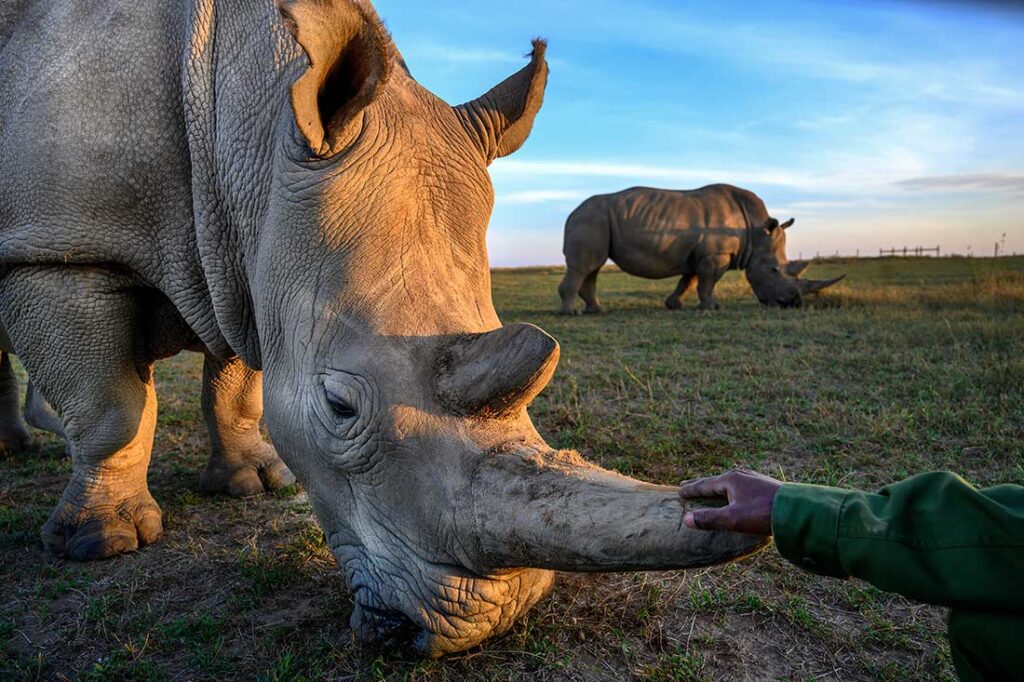
“What has slowly emerged for me as a journalist covering conflict after conflict for over a decade is a conviction that these stories about the human condition cannot be separated from stories about the natural world.
We inhabit an intricate web, and the outcome of almost every story is always dependent on nature.
Today, I use nature as a foil to talk about our home – its past, present, and future. In a field that tends to emphasize difference and focus on conflict, my mission has been to tell stories that remind us of our interconnectedness, of how much we share, rather than simply emphasize our differences.”

I can recall the exact moment when I truly began to understand how profound our choices are and the impact we have on one another and on all of life on this planet. It happened on a cold, snowy day in December 2009 in the village of Dvůr Králové nad Labem in the Czech Republic. On this day, I met a rhino named Sudan for the first time. Quite unexpectedly, this animal changed the way I see the world forever.
How connected I felt to the gentle, hulking creature sitting in front of me surprised me. When I got close to him, I had a strange feeling that I had just met a unicorn. He was mythical and other-worldly, larger than life. I recognized I was in the presence of a sentient, ancient creature. His species has been roaming the planet for millions of years, and up until the last hundred years, there were possibly hundreds of thousands of them inhabiting the planet.
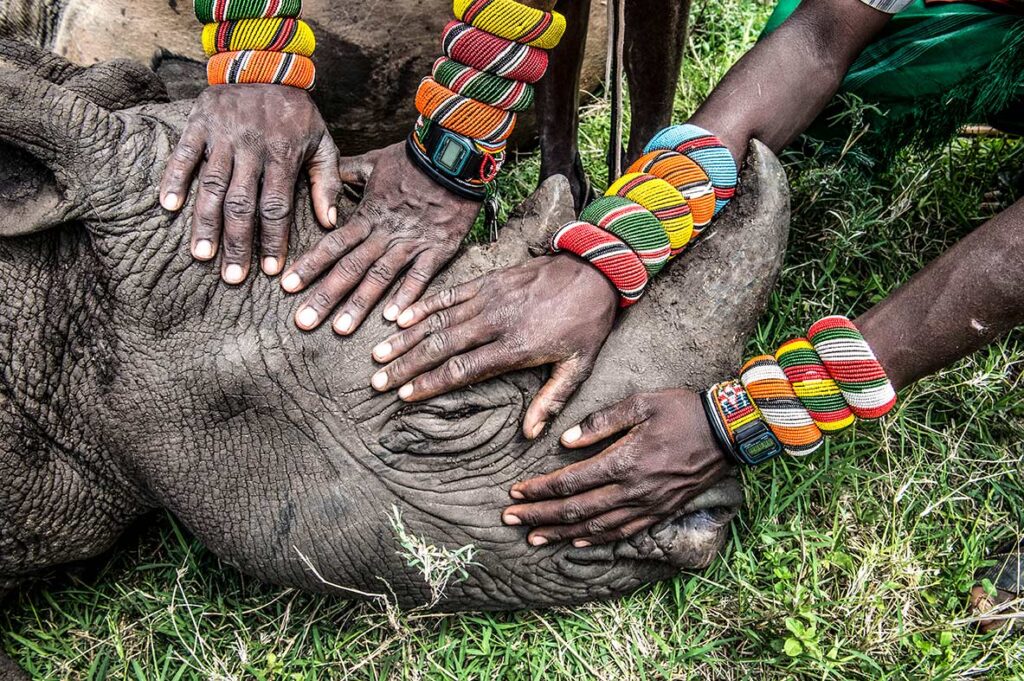
But on that day in 2009, there were only eight of these rhinos alive and they were all in zoos. I was there because there was a plan to airlift four of these last eight northern white rhinos from the zoo in the Czech Republic to Kenya.
At first, I thought it was a story straight out of a Disney cartoon, but I quickly realized that this was a desperate, last-ditch effort to save an entire species. When I saw these creatures, it seemed so incomprehensibly unfair that we had reduced them to this remnant of what they had been.
“They spend more time protecting these animals than they do with their own children.
This gentle, hulking creature was the last of a species who had survived for millions of years, but he couldn’t survive us; he couldn’t survive mankind”.
-Ami Vitale
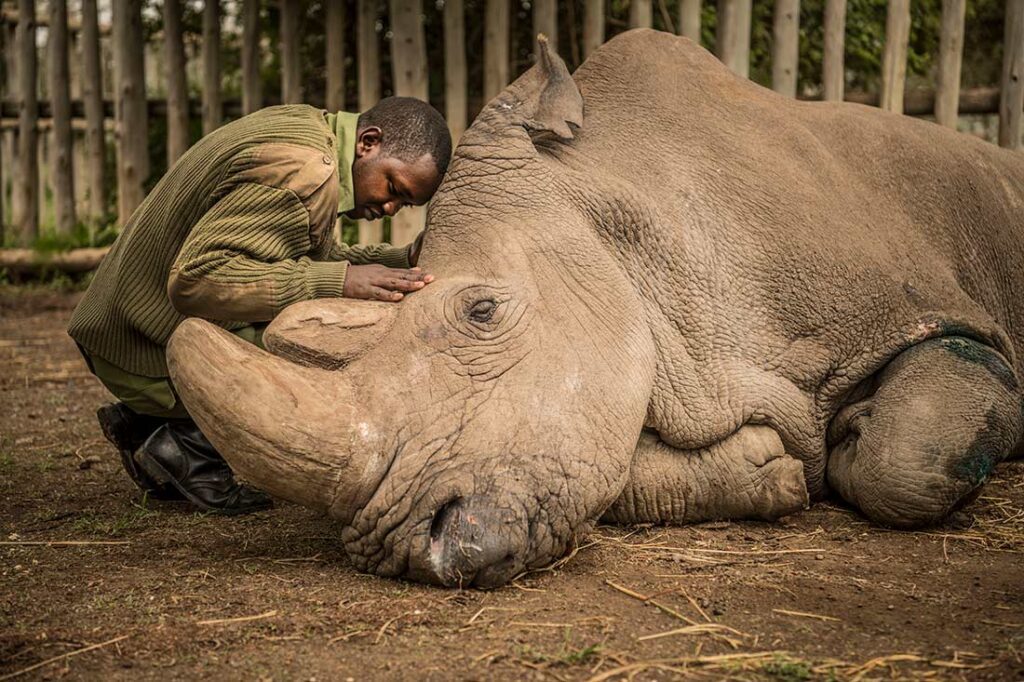
We imagine wildlife roaming the open plains of Africa freely. The reality is that they have to be guarded and protected around the clock, twenty-four-seven, by heavily militarized guards. For hundreds of years, the rhino horn has been used by people worldwide to treat illnesses, such as fever and stroke.
Traditionally fervently believed to have miraculous healing powers, rhino horn is actually composed of keratin – the same material our fingernails and hair are made of. Nevertheless, today rhinos continue to be killed for their horns. The horn is so valuable it can be sold on the black market for three times the price of gold. Illegal poaching is one of the primary reasons rhinos are so rare today. We are witnessing extinction right now, on our watch.
Poaching is not slowing down, and it’s entirely possible, even likely, that if the current trajectory of killing continues, elephants and rhinos, along with a host of lesser-known plains animals, will be functionally extinct in our lifetime.
Much-needed attention has been focused on the plight of wildlife, but very little has been said about the indigenous communities on the frontlines of the poaching wars. They hold the key to saving Africa’s great animals. The best protectors of these animals are the people who live alongside them.
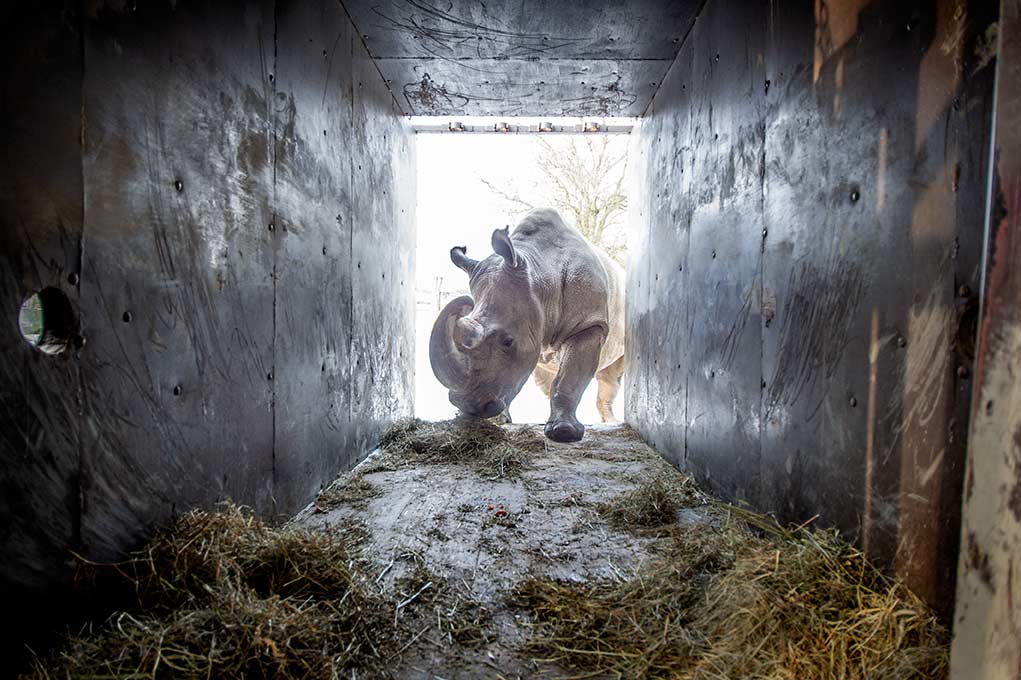
Human activity has placed one million plant and animal species in immediate danger of extinction, causing what scientists have identified as the sixth mass extinction event on this planet. However, this extinction event is different – not only is it driven by humans, but it is happening at an incredibly fast and accelerating rate. Removal of a keystone species has a huge effect on the ecosystem and impacts all of us. These wildlife giants are part of a complex world created over millions of years, and their survival is intertwined with our own survival.
Without rhinos, elephants, and other wildlife, we all will suffer in ways we do not yet fully comprehend.
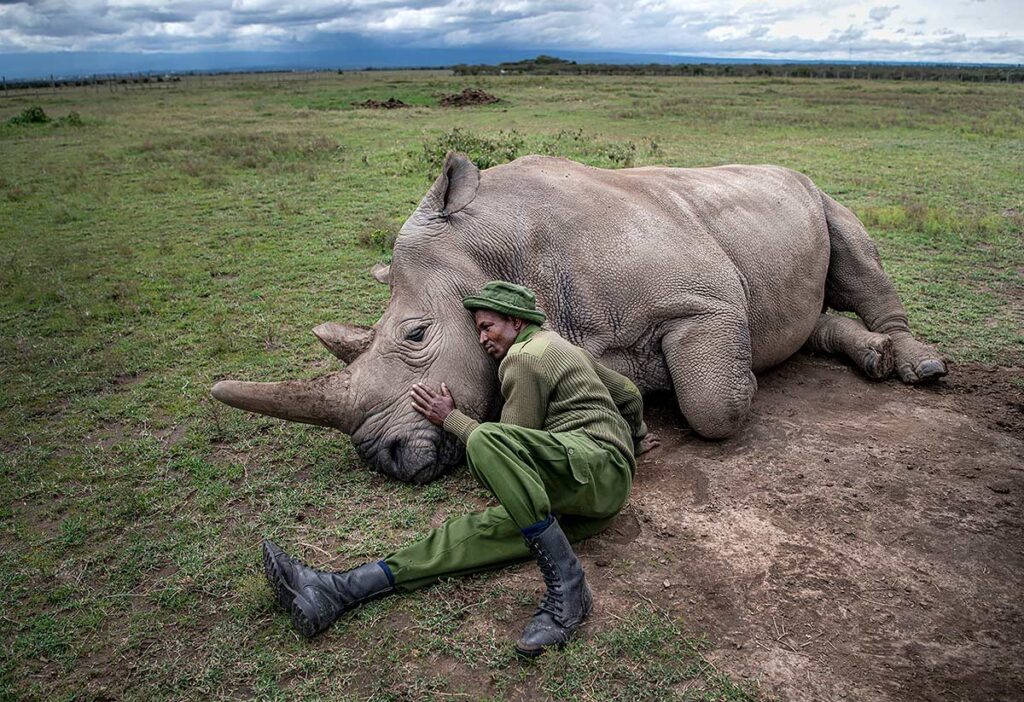
Fast forward to 18 March 2018, where I was giving a talk in London when I received a call to hurry back to Kenya. I had made several trips to visit Sudan in his new home in Kenya, but it would be different this time.
This time I was traveling there to say goodbye to Sudan – goodbye to the last northern white male alive on the planet. To watch the last of something die is something I hope never to experience again. On the flight to Kenya, I worked through the many emotions I felt at the thought of saying goodbye to Sudan that I had come to know over the last several years. I could employ my powers of rationalization and tell myself that he had had a good and long life. I have lost those close to me before, and as difficult and heart-wrenching as it would be, I knew that I would slowly be able to come to terms with saying goodbye. What I could not begin to wrap my mind around, what I could not come to terms with, was the enormity of what it meant to say goodbye to a species. Learning how to grieve for a species may be a uniquely brutal and heartbreaking lesson that is specific to our generation.
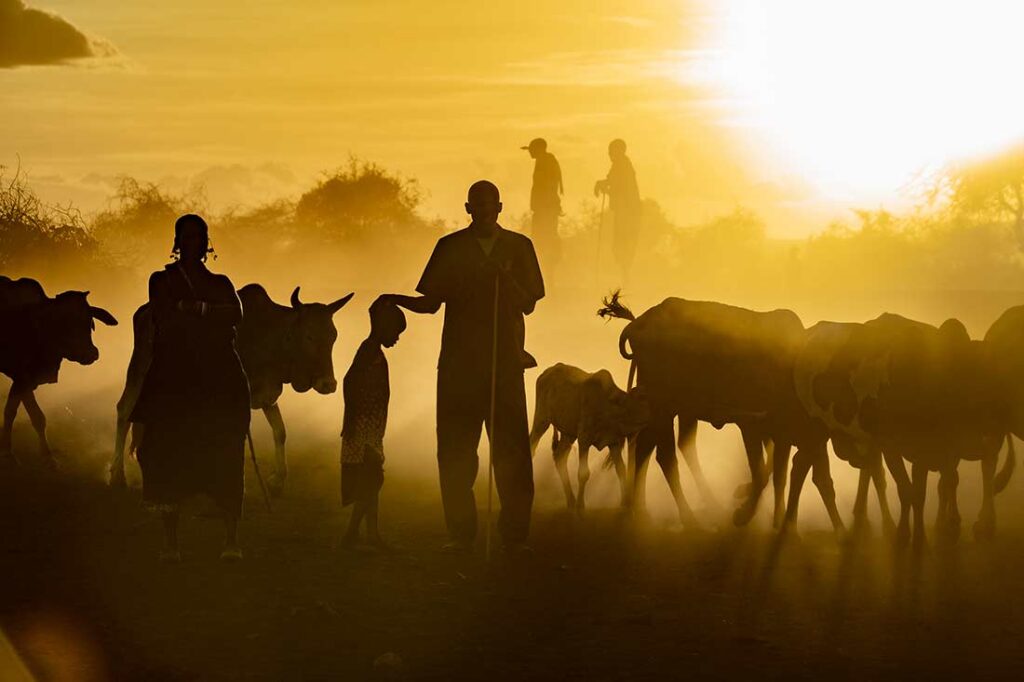
I arrived, and Sudan was surrounded by the people who loved him and had protected him. Yet, all I could hear was one bird wildly chirping against the backdrop of the quiet, muffled sobs of his keepers.
They spend more time protecting these animals than they do with their own children. This gentle, hulking creature was the last of a species who had survived for millions of years, but he couldn’t survive us; he couldn’t survive mankind.
Let this be our wake-up call. In a world of almost eight billion people, we must begin to see our world as part of the natural world and as part of our world. Our fates are linked. Losing one part of nature is a loss for all of nature. Without rhinos, elephants, and other wildlife, we suffer more than just losing ecosystem health. We suffer a loss of imagination, a loss of wonder, a loss of beautiful possibilities.
Planet earth is the only home we have, and together we have poked some holes in our shared little life raft.
I want everyone to experience and benefit from the diversity of habitat and life we have today in all of its forms – from glaciers to deserts, from elephants to the tiniest of ants that inhabit the earth. We must not condemn future generations to a world bereft of these experiences.
What happens next is in all of our hands. Nature is resilient if we give it a chance – if we give it our time. We all have the capacity to get engaged and use our voices to make a difference. The messenger matters just as much as the message itself. Each of us can be a powerful voice when speaking to the people in our lives.
I believe we must first fall in love with the world around us. Love gives us the courage to make a difference. But I know it’s not just about loving this planet; in fact, that’s not going to save us. What’s going to save us is believing in the wonder of this world. Wonder allows us to go beyond routine ways of thinking, reimagine our future together, and reimagine a world graced by rhinos. Wonder shows us how deeply connected we are to one another and that our choices are profound in their impact. Once you take that brave first step and allow yourself to fall in love, you open yourself to the experience of wonder.
It is inexplicable, and it changes everything. This is what happened to a few of us when we met a rhino named Sudan.
Today I launched the non-profit Vital Impacts to raise awareness and support for grassroots conservation efforts as well as empower a new generation of visual storytellers. There are incredible indigenous voices that want to tell their own stories and only need the tools to do it. Vital Impacts uses storytelling and photography to create much-needed funding and awareness for the communities that are doing so much to protect habitats and wildlife.
ABOUT AMI VITALE
“In the beginning, photography was my passport to meeting people, learning, and experiencing new cultures. Now it is more than just a passport. It’s a tool for creating awareness and understanding across cultures, communities, and countries; a tool to make sense of our commonalities in the world we share”.
-Ami Vitale
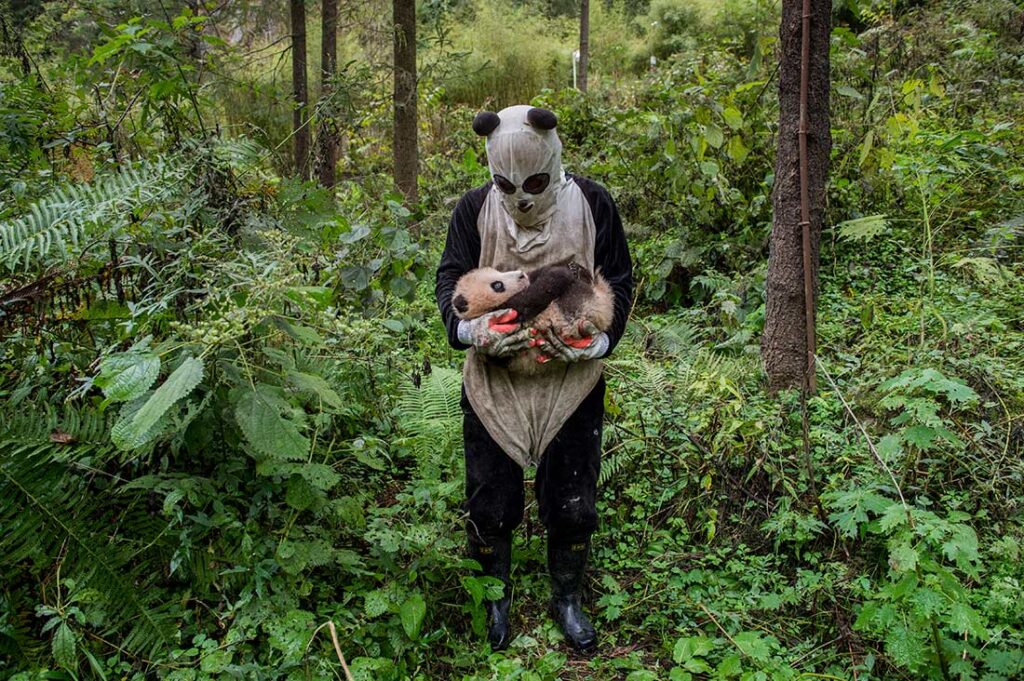
Nikon Ambassador and National Geographic Magazine photographer, writer and filmmaker Ami Vitale has traveled to more than 100 countries, witnessing violence and conflict and surreal beauty and the enduring power of the human spirit. Ami has lived in mud huts and war zones throughout the years, contracted malaria, and donned a panda suit— keeping true to her belief in the importance of “living the story.”

In 2009, after shooting a powerful story on the transport and release of one the world’s last northern white rhinos, Ami shifted her focus to today’s most compelling wildlife and environmental stories. Instyle Magazine named Ami one of fifty Badass Women, a series celebrating women who show up, speak up and get things done. She appeared alongside a group of incredible women including Jane Goodall, Christiane Amanpour and Ruth Bader Ginsburg. She has been named Magazine photographer of the year in the International Photographer of the Year prize, received the Daniel Pearl Award for Outstanding Reporting, and named Magazine Photographer of the Year by the National Press Photographers Association.
Ami Vitale is a six-time recipient of World Press Photos, including 1st Prize for her 2018 National Geographic magazine story about a community in Kenya protecting elephants.

She recently published a best-selling book, Panda Love, on the secret lives of pandas. Vitale was the subject of the Mission Cover Shot series on the National Geographic Channel and another documentary series featuring Madagascar (Over the Islands of Africa). She lectures for the National Geographic LIVE series, and she frequently gives workshops throughout the Americas, Europe, and Asia.
Ami Vitale’s photographs have been commissioned by nearly every international publication and exhibited worldwide in museums and galleries. She is a founding member of Ripple Effect Images, an organization of renowned female scientists, writers, photographers and filmmakers working together to create powerful and persuasive stories that shed light on the hardships women in developing countries face and the programs that can help them. She is chair of the Photographers Advisory Board for National Geographic and also on the Photojournalism Advisory Council for The Alexia Grants.
Currently based in Montana, Ami Vitale is a contract photographer with National Geographic magazine and frequently gives workshops throughout the Americas, Europe and Asia.

